In today’s digital age, businesses face a crucial decision when building their online presence: should they invest in organic strategies or paid promotions? Understanding the difference between paid and organic marketing is essential for creating a balanced and cost-effective digital marketing plan. This blog will guide you through everything you need to know about organic vs paid marketing, covering definitions, key strategies, costs, pros and cons, and how to choose the right approach for your business.
What Is Organic Marketing?

Let’s begin with the basics. Organic marketing meaning refers to strategies used to attract customers naturally over time without paying directly for placement. This includes techniques such as:
- Search engine optimization (SEO)
- Content marketing (blogs, videos, infographics)
- Social media posts (non-paid)
- Email newsletters
- Community engagement
Organic marketing focuses on long-term growth, building trust, and creating value for users. It’s especially effective for organic marketing for small business owners who may not have large advertising budgets.
What Is Paid Marketing?
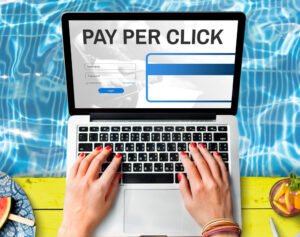
In contrast, paid marketing strategies involve investing money to promote your business through advertisements. This can include:
- Google Ads (PPC)
- Social media advertising (Facebook Ads, Instagram Ads, LinkedIn Ads)
- Display ads on websites
- Influencer partnerships
- Sponsored content
The goal of paid marketing is immediate visibility and traffic. Businesses can choose from various online advertising options to reach specific audiences based on demographics, interests, and behavior.
Organic vs Paid Marketing: The Core Differences
The debate of organic vs paid marketing revolves around several factors. Here are the most notable distinctions:
| Feature | Organic Marketing | Paid Marketing |
| Cost | Free but time-consuming | Requires direct budget allocation |
| Timeline | Long-term results | Instant traffic |
| Credibility | Higher trust from audience | Perceived as promotional |
| Sustainability | Grows over time | Temporary unless renewed |
| Content longevity | Lasts longer (blogs, SEO) | Ends when campaign stops |
| Control | Limited targeting | High targeting options |
Both methods have value, but choosing between them depends on your goals, resources, and timeline.
SEO vs PPC: A Deeper Comparison
A common comparison within the organic vs paid marketing discussion is SEO vs PPC (Pay-Per-Click). Let’s break it down:
- SEO (Search Engine Optimization): Drives organic traffic to your website by ranking in search engine results. This requires keyword optimization, quality content, and backlinks.
- PPC (Pay-Per-Click): You pay for each click on your ad that appears in search engine results or other platforms.
Paid search vs organic search is often debated. Paid search gives you instant top placement, while organic search builds sustainable visibility.
What Is Organic Traffic?
What is organic traffic? It’s the number of visitors who land on your website from unpaid sources—primarily through search engines. This traffic reflects the effectiveness of your content and SEO efforts.
Benefits of organic traffic:
- Free and sustainable
- Indicates high user intent
- Builds brand trust over time
- Improves search engine rankings
Many marketers aim for social media organic growth as well, which involves building followers and engagement without paying for ads.
Types of Paid Marketing
Understanding the types of paid marketing can help you decide which approach fits your goals:
- Search Engine Ads: Appear at the top of Google/Bing.
- Social Media Ads: Facebook, Instagram, LinkedIn, Twitter, TikTok.
- Display Ads: Banner ads on partner websites.
- Influencer Marketing: Paid promotions via popular content creators.
- Sponsored Content: Paid articles or blog posts on third-party platforms.
These paid marketing strategies deliver fast results and offer detailed targeting and analytics.
Benefits of Organic Marketing
There are many benefits of organic marketing, especially for long-term growth:
- Cost-effective: No direct ad spend
- Long-lasting results: Content continues to generate leads
- Authenticity: Builds stronger trust with your audience
- Brand authority: Positions your brand as a thought leader
- SEO synergy: Boosts visibility on search engines
Organic marketing for small business is especially beneficial, as it allows sustainable growth without constant budget pressure.
Pros and Cons of Paid Advertising
Let’s explore the pros and cons of paid advertising:
Pros:
- Instant traffic and visibility
- Precise targeting options
- Easy scalability
- Measurable results and ROI tracking
Cons:
- Requires continuous budget
- Less authentic user perception
- Performance drops when you stop investing
Understanding these helps businesses weigh the cost of paid marketing against the results they expect.
Organic Reach vs Paid Reach
The organic reach vs paid reach conversation is critical in social media marketing:
- Organic reach refers to how many users see your content naturally.
- Paid reach involves promoted content reaching a targeted audience.
Due to platform algorithms, organic reach is shrinking, making paid marketing strategies more necessary for reach expansion.
Still, a healthy mix of both is ideal to maximize engagement.
Which Is Better: Paid or Organic Marketing?
So, which is better paid or organic marketing? The answer depends on your business stage and objectives:
- New businesses benefit from paid marketing to gain immediate traction.
- Established brands should invest in organic marketing meaning to maintain and grow trust.
- For e-commerce, both are essential—SEO for long-term rankings and PPC for seasonal promotions.
A hybrid approach allows you to leverage both organic vs paid marketing strategies efficiently.
Creating a Balanced Strategy
To get the best of both worlds:
- Start with Organic:
- Build your blog, optimize for SEO, and grow social media organically.
- Complement with Paid:
- Promote high-performing organic content.
- Use paid marketing strategies during launches or sales.
- Measure and Adapt:
- Track metrics like CTR, conversion rate, bounce rate.
- Compare organic reach vs paid reach for each campaign.
This balance ensures consistent growth without draining your budget.
Final Thoughts
The battle of organic vs paid marketing isn’t about choosing one over the other. Instead, it’s about understanding how both can support your goals. Whether you’re exploring online advertising options or planning long-term SEO strategies, combining both approaches will give you the best results.
So, take the time to understand the difference between paid and organic marketing, calculate the cost of paid marketing, explore organic marketing for small business, and invest in a strategy that brings sustainable growth and visibility to your brand.
Also Read: Understanding the Basics of Pay-Per-Click (PPC) Advertising
📘 Facebook || 📸 Instagram || 💼 LinkedIn

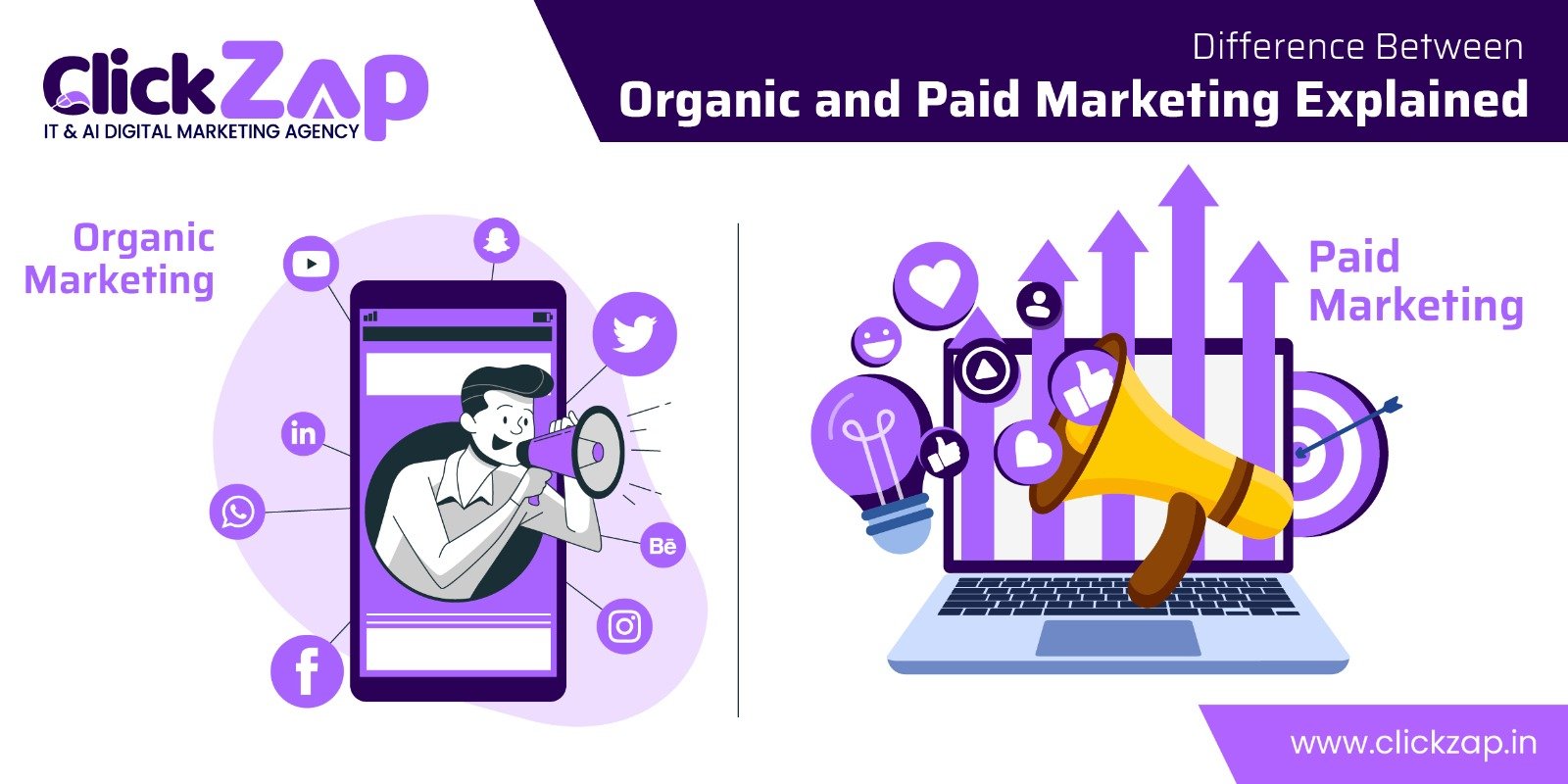
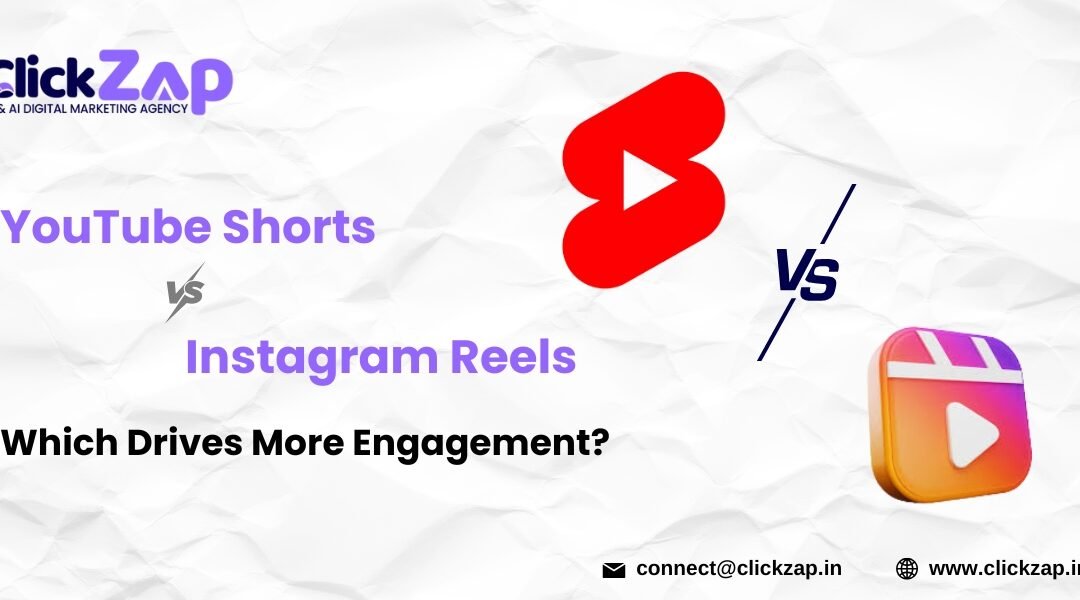
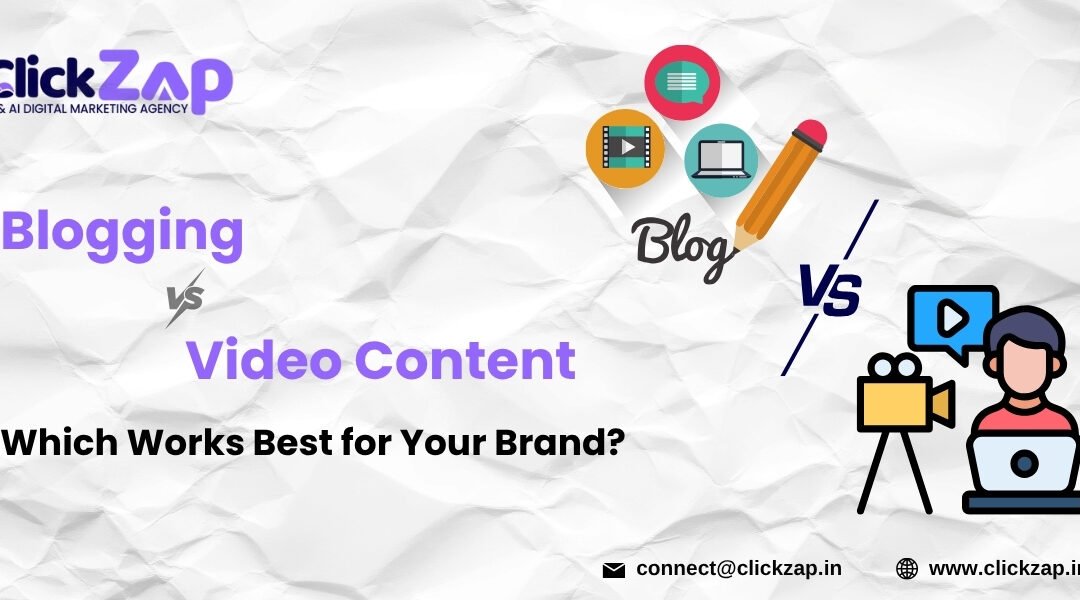
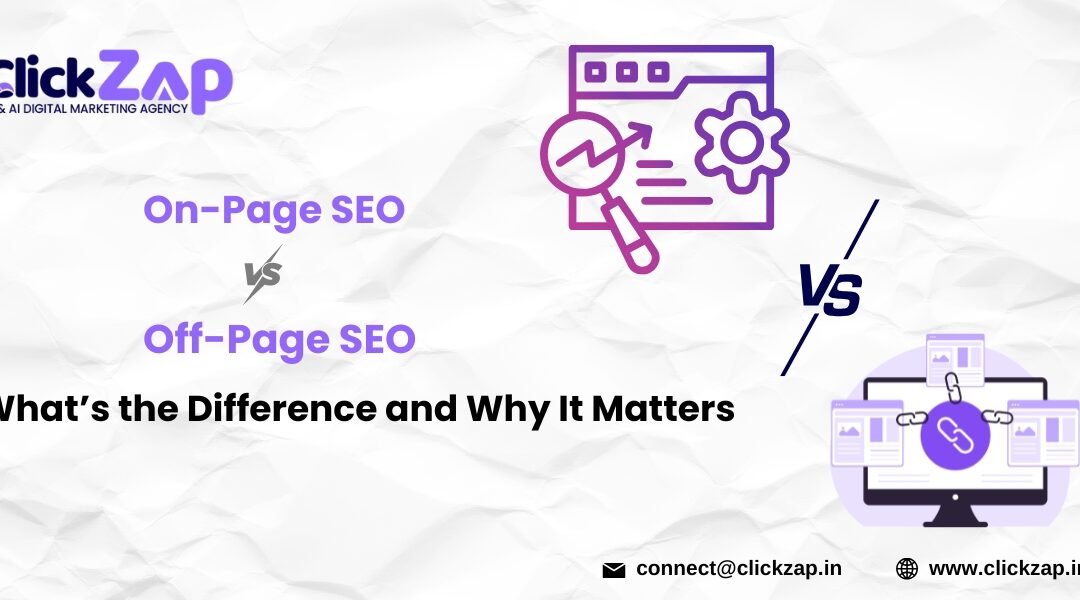
0 Comments